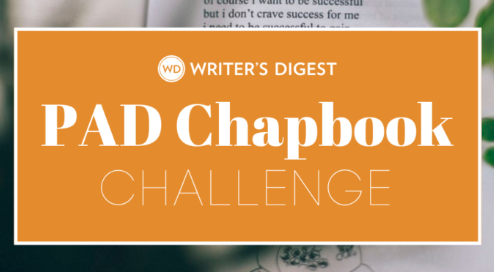Dodoitsu: Poetic Forms
Learn how to write the dodoitsu, a Japanese poetic form that doesn’t concern itself with meter or rhyme, but that does have syllable constraints (typical of most Japanese forms).
Ready to learn a new poetic form? And yeah, you know that a new WD Poetic Form Challenge is just around the corner.
The dodoitsu is a Japanese poetic form developed towards the end of the Edo Period, which came to an end in 1868. As with most Japanese forms, the dodoitsu does not have meter or rhyme constraints, focusing on syllables instead.
This 4-line poem has seven syllables in the first three lines and five syllables in the fourth--and final--line. The dodoitsu often focuses on love or work with a comical twist. While my examples below do not have titles, I haven't found any word on whether dodoitsu traditionally have titles or not.
*****
Play with poetic forms!
Poetic forms are fun poetic games, and this digital guide collects more than 100 poetic forms, including more established poetic forms (like sestinas and sonnets) and newer invented forms (like golden shovels and fibs).
*****
Here is an example focused on work:
when a geologist speaks
& the earth trembles seven
meteorologists get
sucked in a twister
Here is an example focused on love:
i gave her all my heart &
heartache but she returned it
with the admission they gave
her severe heartburn




